

Smart Solutions Behind Mega Infrastructure: Making Complexity Look Easy
Managing large-scale infrastructure is no small task. Whether it’s overseeing busy city roads, securing government offices, tracking valuable assets, or monitoring maritime operations, the challenges are complex and demand smart solutions. Fortunately, modern technology is making it easier than ever to manage these operations efficiently, safely, and cost-effectively.
AI-Powered Traffic and Road Incident Monitoring
Traffic congestion and road incidents are major hurdles for cities and infrastructure authorities. Traditional monitoring methods, like human patrols or basic CCTV cameras, often struggle to respond quickly or analyze traffic patterns on a large scale.
AI-powered video analytics changes this entirely. By analyzing live video feeds in real time, these systems can detect accidents, unusual traffic patterns, or rule violations automatically. For example, they can alert authorities if a vehicle is moving in the wrong direction or if congestion starts building up in a critical area.
Beyond real-time detection, AI-driven systems can also predict potential problem areas by analyzing historical traffic data. This helps city planners and traffic authorities make proactive decisions, reducing delays and improving safety for commuters.
Facial Recognition for Attendance and Access Control
For organizations with thousands of employees, managing attendance and securing access can be a huge challenge. Manual systems or traditional ID cards often lead to errors, inefficiency, and security gaps.
Facial recognition technology provides a smooth, secure, and accurate solution. Large agencies can use it to automate attendance, track employee movement, and control access to sensitive areas. For example, a government office with over 17,000 employees can ensure that only authorized personnel enter specific zones, improving security and eliminating errors caused by manual tracking.
Real-Time Location Systems (RTLS) for Asset and Personnel Tracking
Tracking valuable assets, vehicles, and personnel across large facilities or operational areas is essential. Misplaced equipment, inefficient resource usage, or delayed response times can cost time and money.
Real-Time Location Systems (RTLS) allow organizations to monitor the exact location of assets, vehicles, and staff in real time. By tagging equipment and personnel with RTLS-enabled devices, operations teams can optimize workflows, improve safety, and ensure resources are always where they’re needed.
This technology is particularly useful in logistics, industrial sites, or hospitals. Fleet movement can be monitored to optimize delivery routes, while critical equipment can be tracked to ensure it is available when needed. RTLS also supports emergency response by quickly locating staff or assets in critical situations.
Vessel Traffic Management and Marine Asset Monitoring
Managing ports, harbors, and maritime operations comes with unique challenges. Ensuring navigation safety, preventing congestion, and protecting expensive assets require specialized solutions.
Vessel Traffic Management Systems (VTMS) use radar, sensors, and real-time tracking to monitor ship movements and marine assets. These systems provide a comprehensive view of maritime operations, helping authorities manage traffic, prevent collisions, and streamline docking processes.
Marine asset monitoring adds another layer of safety. High-value vessels, cargo, and equipment can be tracked precisely, and alerts can be triggered if they move outside designated zones or encounter hazards. This ensures better security and operational control over critical marine assets.
Why Integrated Infrastructure Solutions Matter
Combining AI traffic monitoring, facial recognition, RTLS, and marine monitoring creates a powerful, integrated ecosystem for large-scale infrastructure management. Organizations gain real-time visibility across operations, automate routine tasks, and improve safety and efficiency.
Some key benefits include:
-
Improved Efficiency: Automated monitoring reduces manual work, letting teams focus on strategic decisions.
-
Enhanced Safety and Security: Advanced technologies provide early warnings, secure sensitive areas, and monitor assets continuously.
-
Data-Driven Decisions: Actionable insights help optimize resources and plan for future growth.
-
Cost Savings: Better monitoring reduces losses, delays, and operational inefficiencies.
Looking Ahead
Technology is transforming how large-scale infrastructure is managed. By embracing AI, facial recognition, RTLS, and marine asset monitoring, organizations can move from reactive management to proactive, intelligent oversight. From city roads to government offices and maritime operations, modern technology is making infrastructure management safer, faster, and smarter—paving the way for a more efficient and secure future.
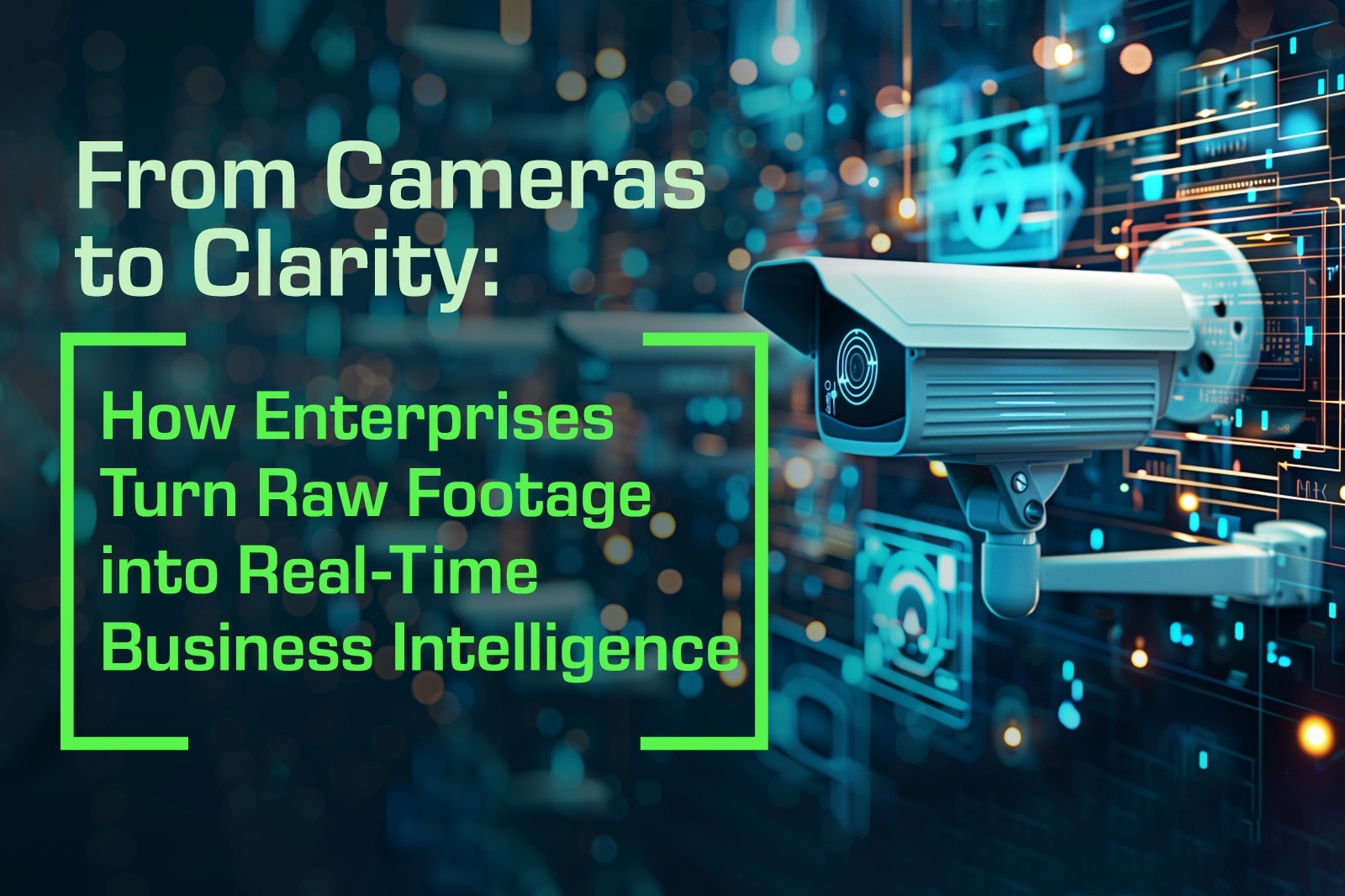
From Cameras to Clarity: How Enterprises Turn Raw Footage into Real-Time Business Intelligence
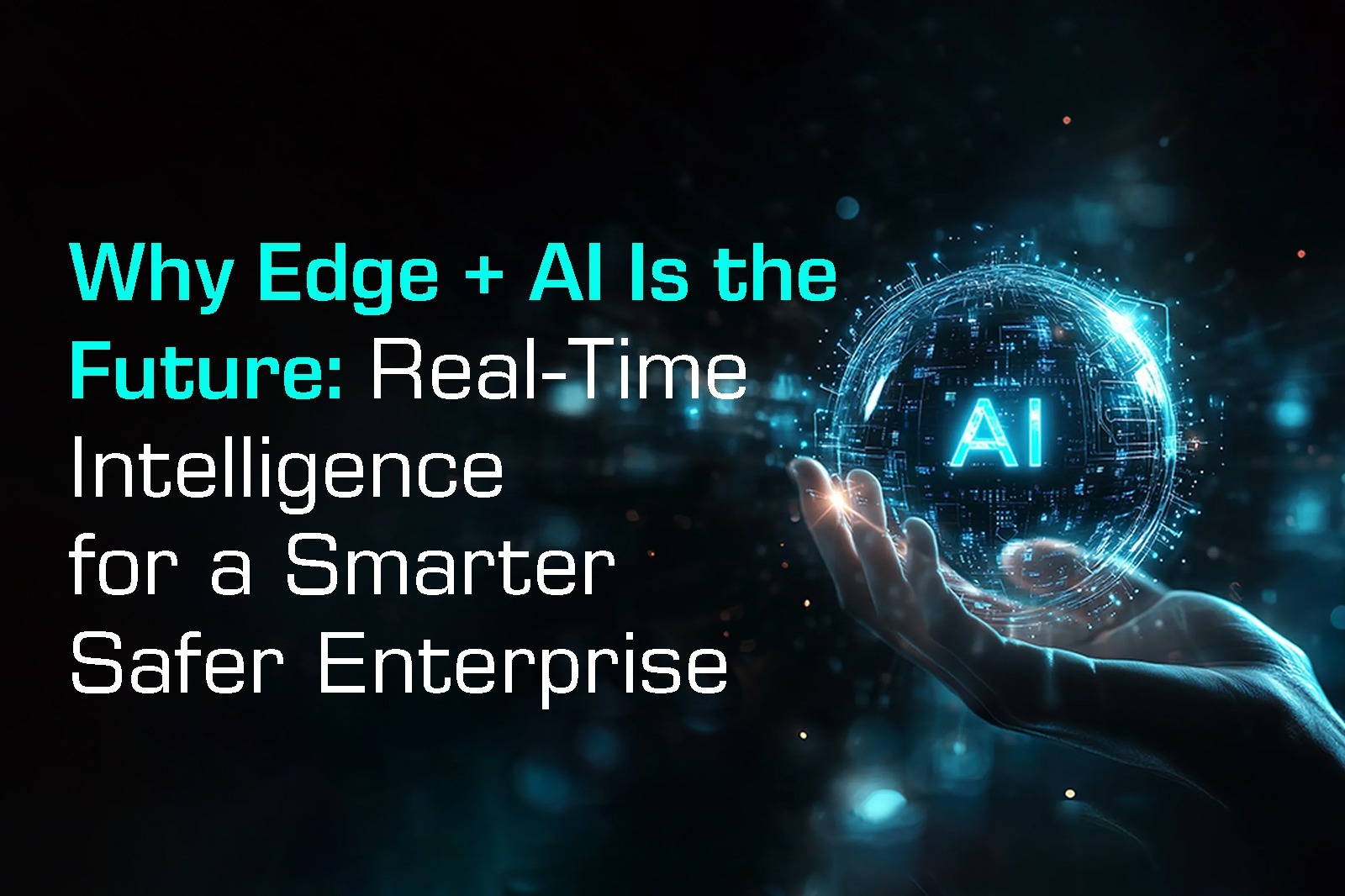
Why Edge + AI Is the Future: Real-Time Intelligence for a Smarter, Safer Enterprise?
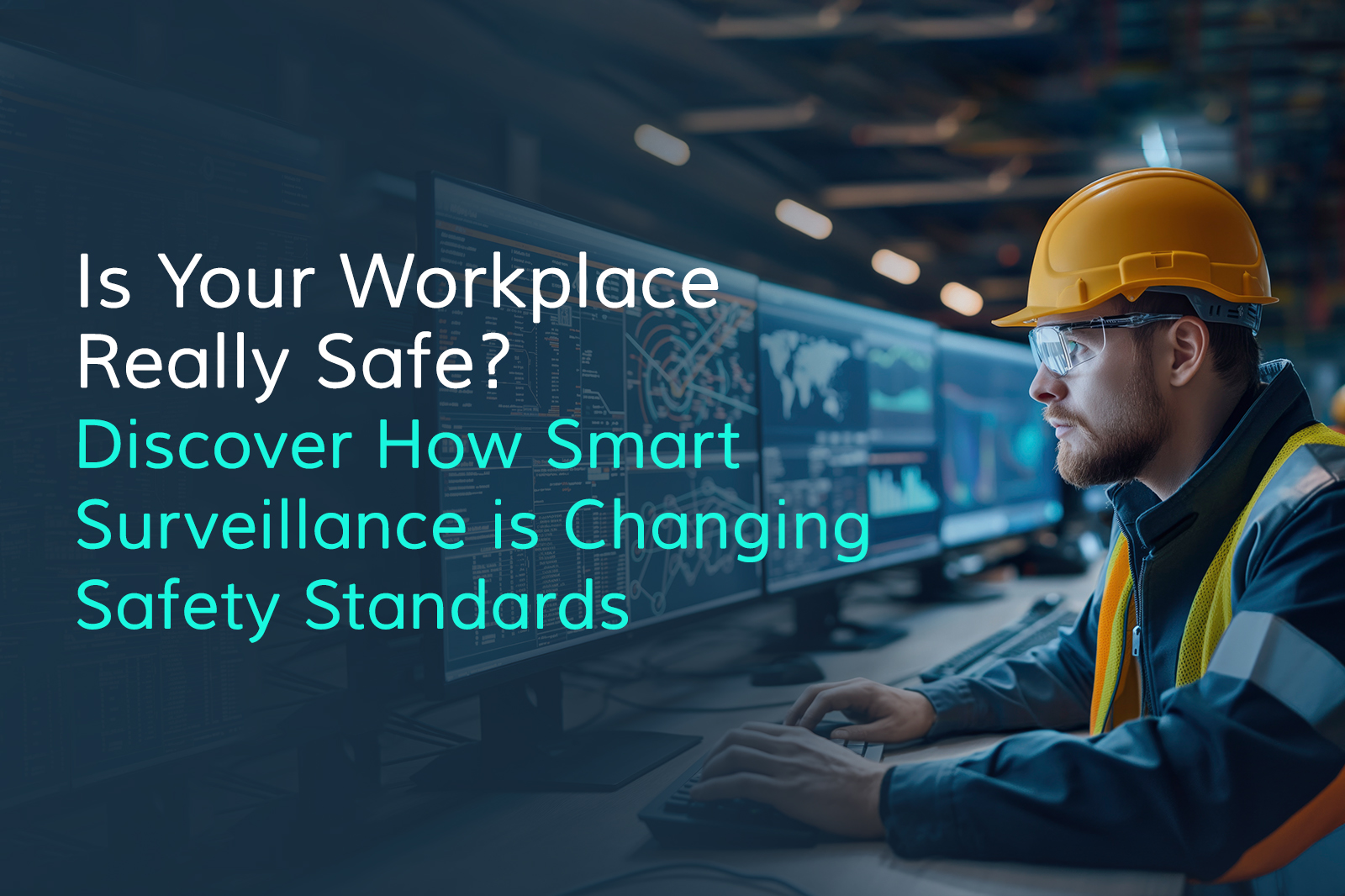
Is Your Workplace Really Safe? Discover How Smart Surveillance is Changing Safety Standards
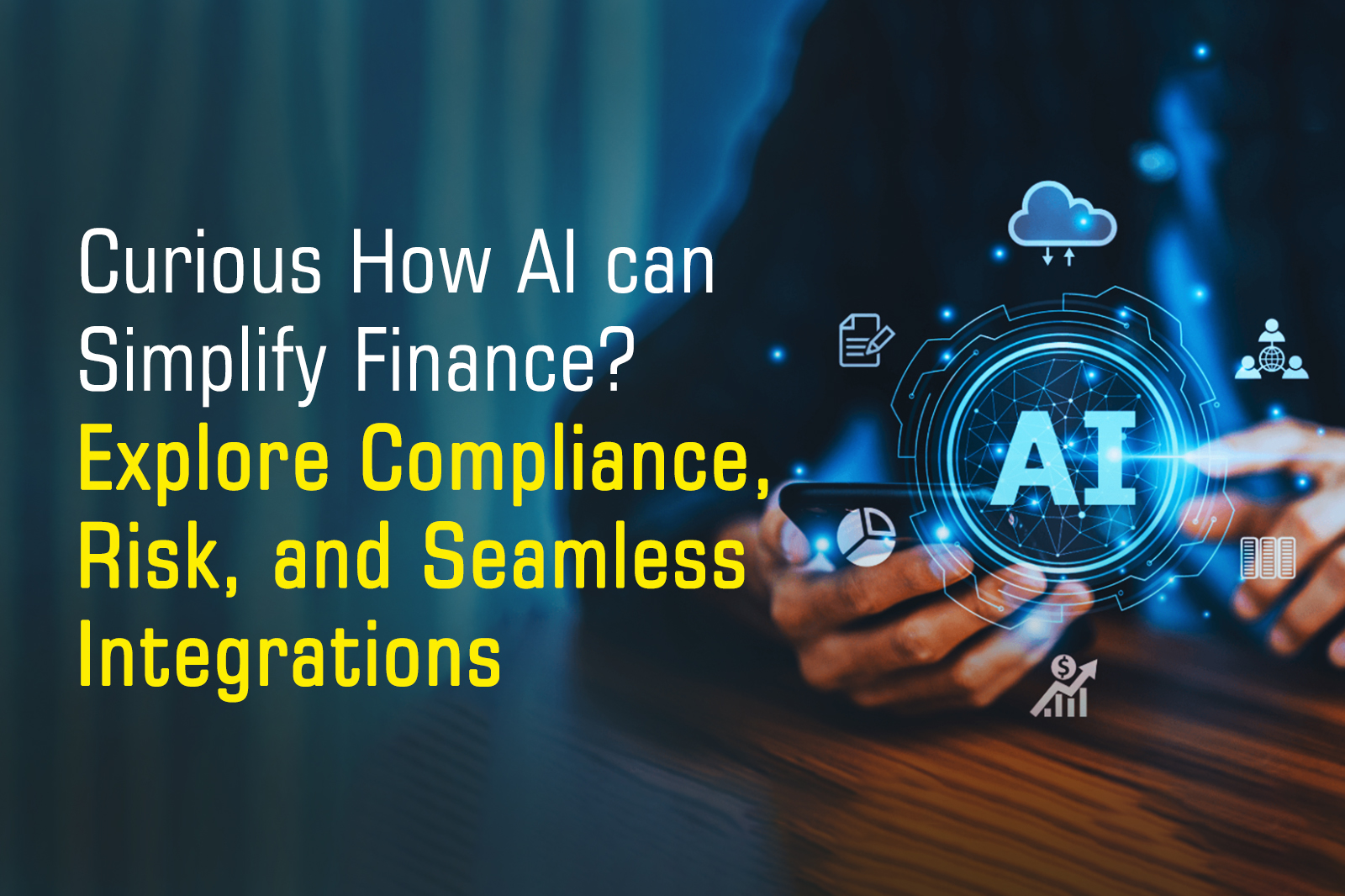
Curious How AI Can Simplify Finance? Explore Compliance, Risk, and Seamless Integrations
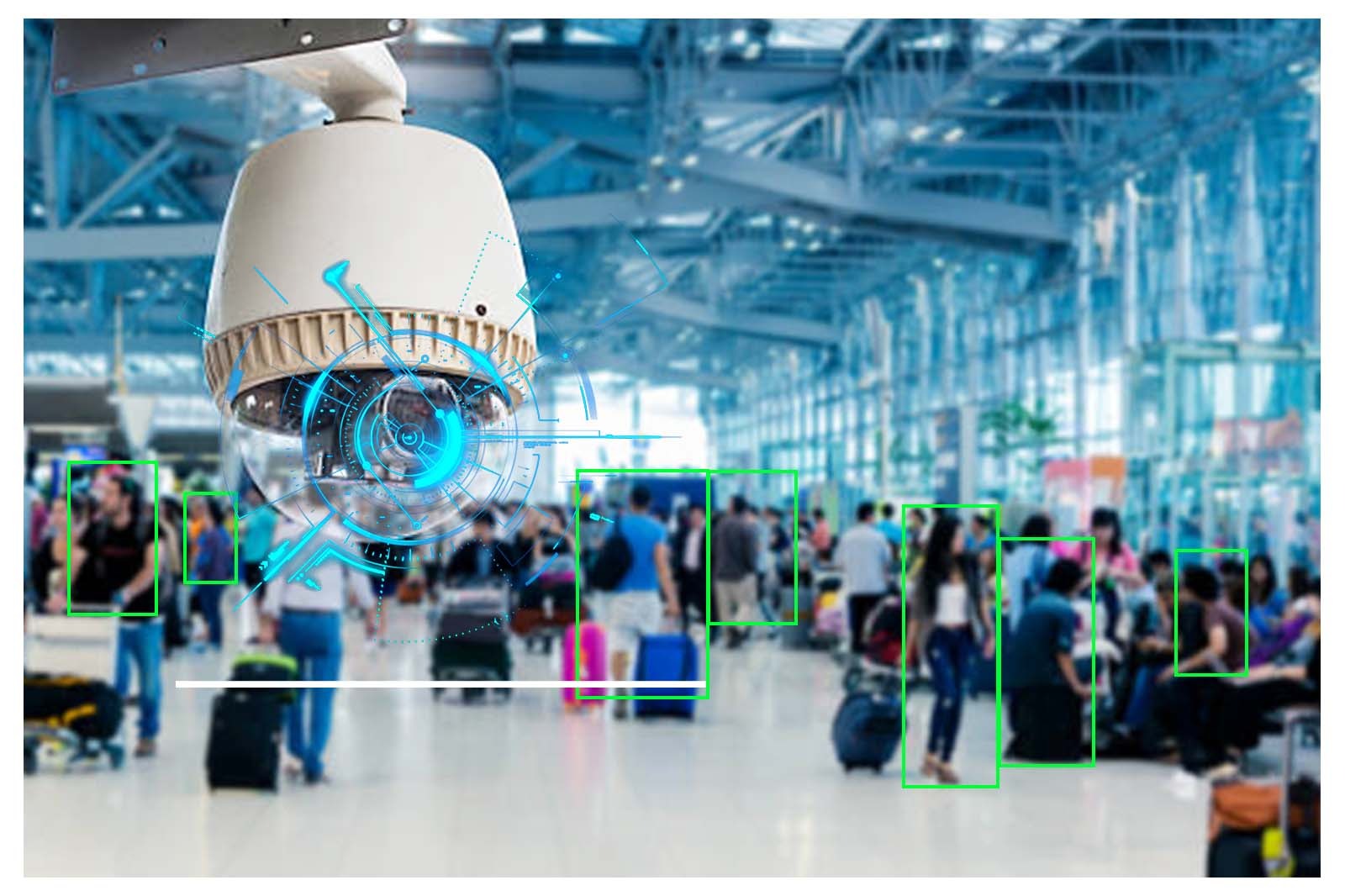
How AI Video Analytics is Transforming Large Infrastructure, Ports, Airports, and Smart Cities?

Retail Revolution: How AI Powered Video Analytics Can Drive Success
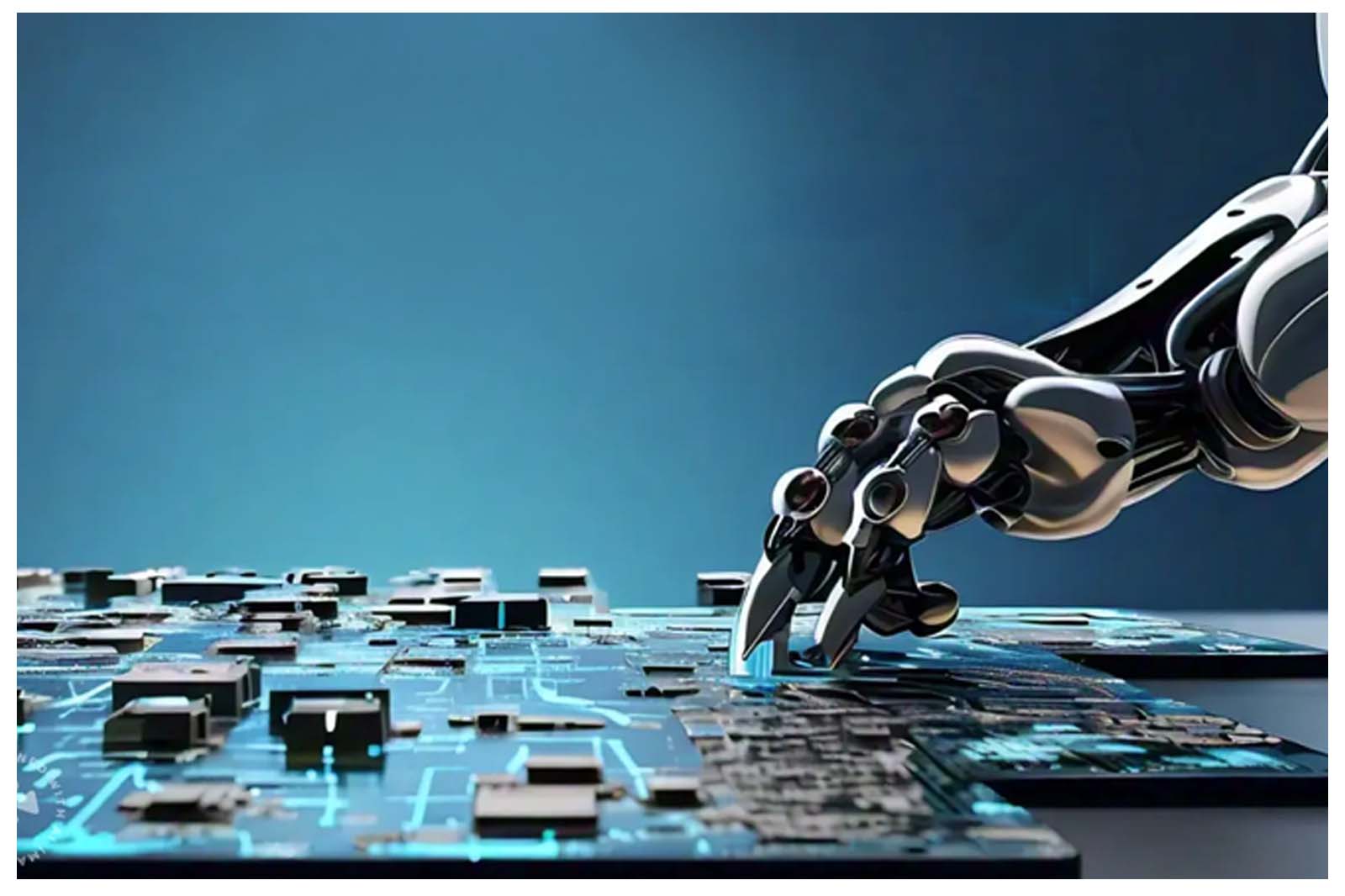
Leveraging AI in Manufacturing for enhanced Safety, Efficiency and Innovation






